Gout was “Rich’s Disease" today anyone can afford it
The agonizing Pain in your big toe, wrists, finger joints, elbows, ankles, knees, and helix of ear could be because of your problematic food choices and lifestyle!
Gout is one of the world's oldest diseases recorded in medical history first described as far back as 2640 BC, known as “king's disease".
Ironically, it's still a painful problem for the man of the 21st century, probably highlighting how we have not changed much, definitely didn't learn from history.
Medically, Gout is a dis-order of purine metabolism. Purine is an organic molecule that serves as a core structural component for the nitrogenous bases adenine (A) and guanine (G), which are two of the building blocks of DNA and RNA.
Purine Metabolism is when your body digests food, it breaks down the purines into a waste product called uric acid. Most uric acid is harmless and is filtered out of the blood by the kidneys and excreted in urine.
A few decades ago, gout predominantly affected men (< age 45 years) more than women, with a male to female ratio 4:1 but now it affects men < 65 years of age with a male to female ratio 3:1 now. Gout rarely affects young women but frequently affects postmenopausal women.
Today, in the USA alone gout has become more prevalent than rheumatoid arthritis.
So, how exactly is it a King's disease?
Because nutrition plays a supporting role in its pathogenesis.
Gout is characterized by the presence of metabolic syndrome; central Obesity, Insulin Resistance, Hypertension, Hyperlipidemia, Diabetes type 2, a collection of these occur in 60% of Gout patients.
Gout is a crystal deposition disease.
Gout is painful because of the deposition of crystals of Monosodium Urate (MSU) in your soft tissues and joints. Not only direct consumption of purine rich foods but uric acid can also occur due to high consumption of fructose. When fructose is metabolized in the body, it produces purines, which are converted into uric acid. This process is known as de novo purine synthesis.
Classic gout sites: big toe, wrists, finger joints, elbows, ankles, knees, helix of ear.
Uric acid is the end product of purine metabolism in humans and higher primates. Due to evolutionary metamorphosis most mammals have the innate ability to further degrade uric acid to allantoin which is more soluble in water and readily excreted by kidneys. Hence, gout doesn't exist in other mammals, just us humans.
Uric acid is produced by purine metabolism in the liver (and small intestine) by the action of an enzyme called Xanthine Oxidase. This enzyme is a molybdenum-dependent enzyme. Molybdenum is an essential cofactor that is required for the enzyme's catalytic activity. In the final steps of purine metabolism, xanthine oxidase converts hypoxanthine to xanthine, and then converts xanthine to uric acid. So, without sufficient molybdenum, xanthine oxidase becomes inactive. As a result, the body's ability to produce uric acid is impaired on metabolic level. This isn't to tell you to increase your molybdenum intake because that will increase serum uric acid. It's to tell you that molybdenum deficiency, leads to low serum uric acid levels (hypouricemia), along with high levels of the uric acid precursors hypoxanthine and xanthine - creating a metabolic disorder. Your body needs a uric acid homeostasis…
Uric acid is actually an antioxidant!
Uric acid acts as a free radical scavenger, neutralizing reactive oxygen species (ROS) such as superoxide and hydroxyl radicals. It does this by donating electrons to these molecules, converting them into harmless products. It's the reduced renal uric acid clearance that sets this off-balance.
Uric acid homeostasis is determined by the kidneys → the intricate balance between production and clearance. Approximately, 70% of uric acid is excreted via kidneys. So, proper kidney functioning is crucial to maintain balanced uric acid levels.
These MSU crystals in the soft tissues cavities of your joints are not the only problem or immobility, inflammation and pain. It's a problem of immunity. MSU crystals are highly immunogenic (meaning the ability of a substance to provoke an immune response within the body). Once these crystals start to form initially the body will fight back by a phagocytosis, sending monocytes and macrophages (a special type of white blood cells) and activating NALP3 inflammasomes (cute name? Just wait) triggering the release of IL-1 (pro-inflammatory cytokine -which recruits immune cells to infection sites) kind of a signal to the body that something is wrong at this site.
MSU crystals act as a “danger signal” that can be recognized by pattern recognition receptors at cell surface in cytoplasm, indicating importance of innate immunity in Gout.
The persistent accumulation of MSU crystals → arthritis…
Medical management of Gout is largely just anti-inflammatory medicine. But long-term use of anti-inflammatory medicine can lead to toxicity.
Now, what made gout Rich's Disease?
The body can easily develop gout if;
Renal insufficiency
High purine diet
High fructose diet
Gout isn't called kings disease because in their time kings used to have kidney failure.
Gout is Rich's Disease because of rich lifestyle!
Prerequisites or rich lifestyle?
High alcohol (beer) intake
High red meat
High simple carbohydrates, and simple sugars intake
It is established now that if you don't have renal function failure you can avoid gout!
Both high uric acid and low uric have distinct dietary principles to follow.
Focusing on the Purine component of your diet for high uric acid avoids high purine foods, and prioritize low purine foods. But here it gets tricky when dietitians and nutritionists are forming a low purine diet for their patients they often get lost in nuance. Low purine diet is usually high in fructose. For example, in an attempt to avoid yeast dough, white bread is recommended but white bread has a rich fructose content. Fruits are recommended, dismissing that fruits are richest in fructose even if you're cutting high fructose corn syrup from your diet.
Here you should understand that now even the poor can afford gout. Even if you have a diet that's poor in red meat, and organ meats, instead you're eating more simple carbs like white bread, processed fruit juices, pasta, sauces, and juicy fruits like oranges, tangerines, mangoes, bananas, and grapes that have fructose - a natural fruit sugar.
Recap → Not only direct consumption of purine rich foods but uric acid can also occur due to high consumption of fructose. When fructose is metabolized in the body, it produces purines, which are converted into uric acid. This process is known as de novo purine synthesis → making gout affordable to anyone!
So, a low fructose diet with a low purine diet is the key for gout management and prevention.
Other nutrients that helps high uric acid are;
Vitamin C
Taurine
Quercetin
Selenium
Coffee
Antioxidants
Proper Hydration
Cherries and berries
For reference, I edited nutritional guides for you.
That's all, for todays episode.
Love, Maham


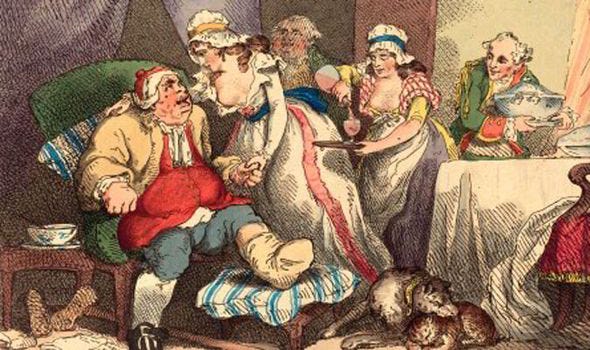
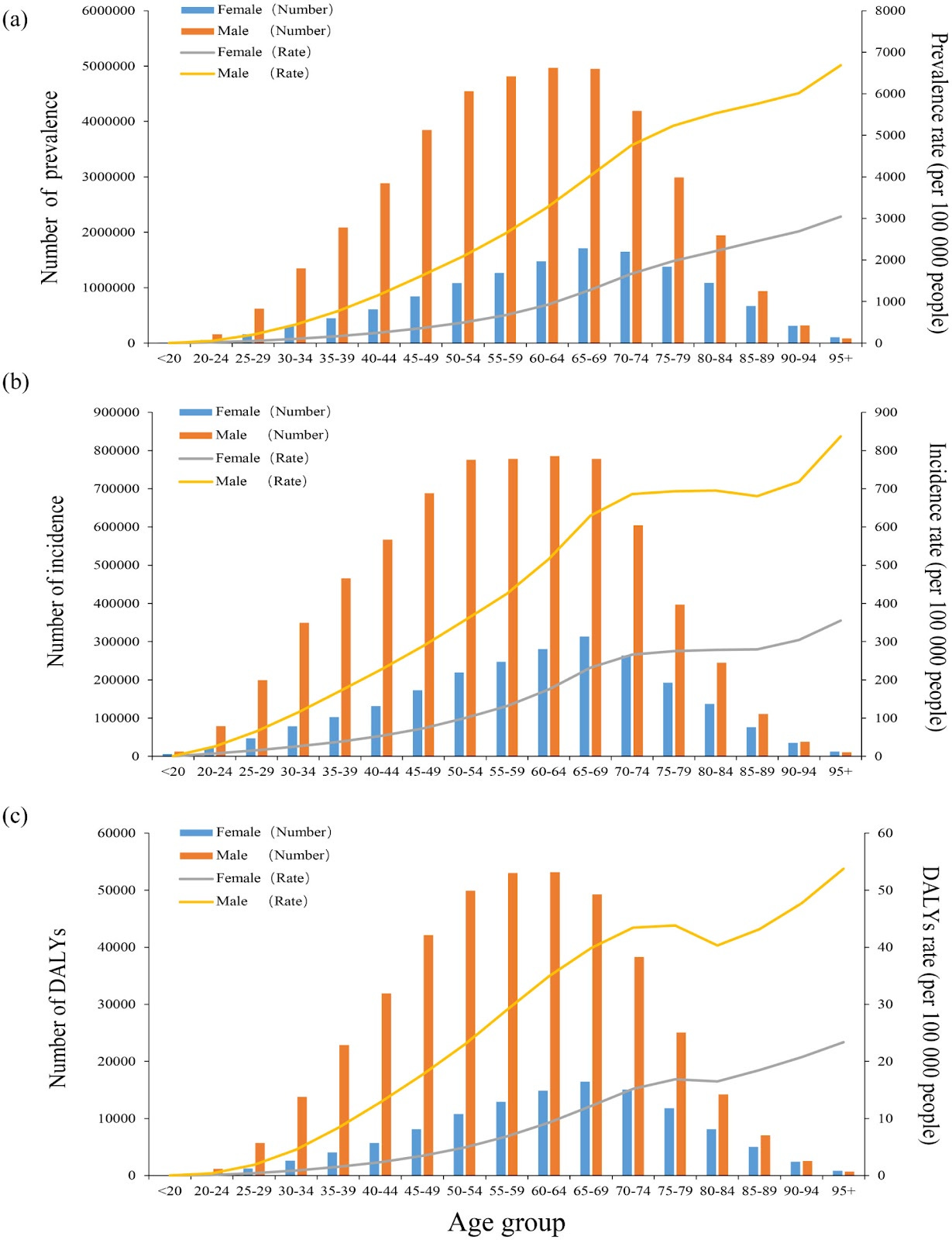
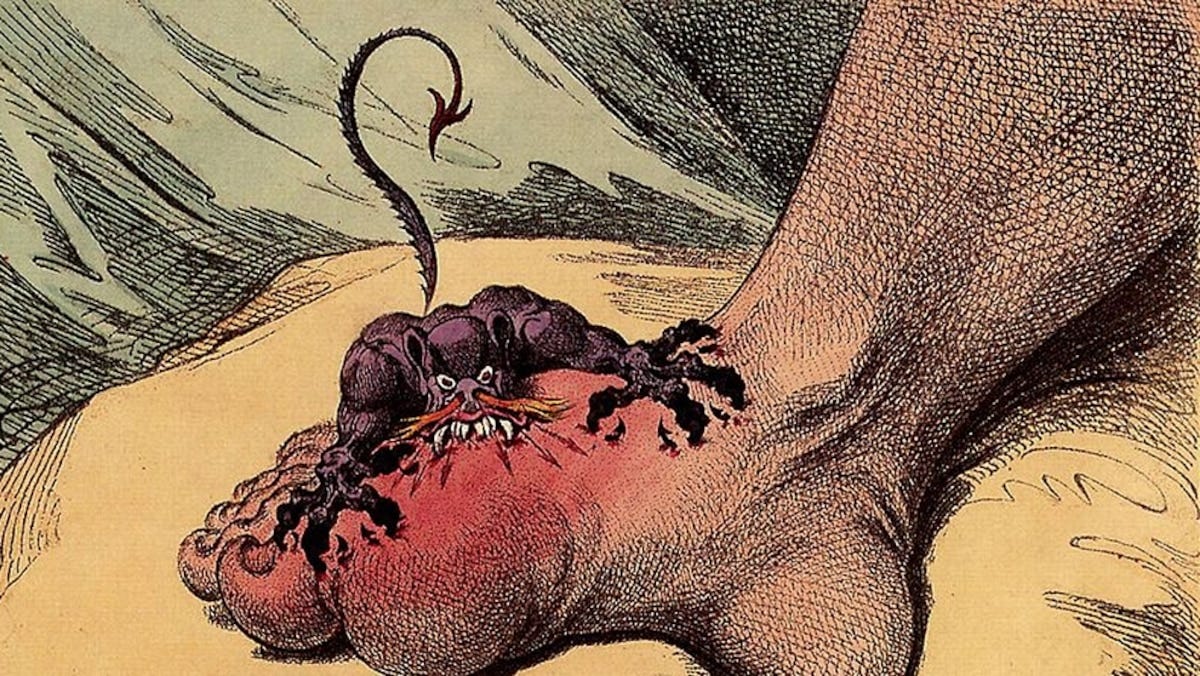
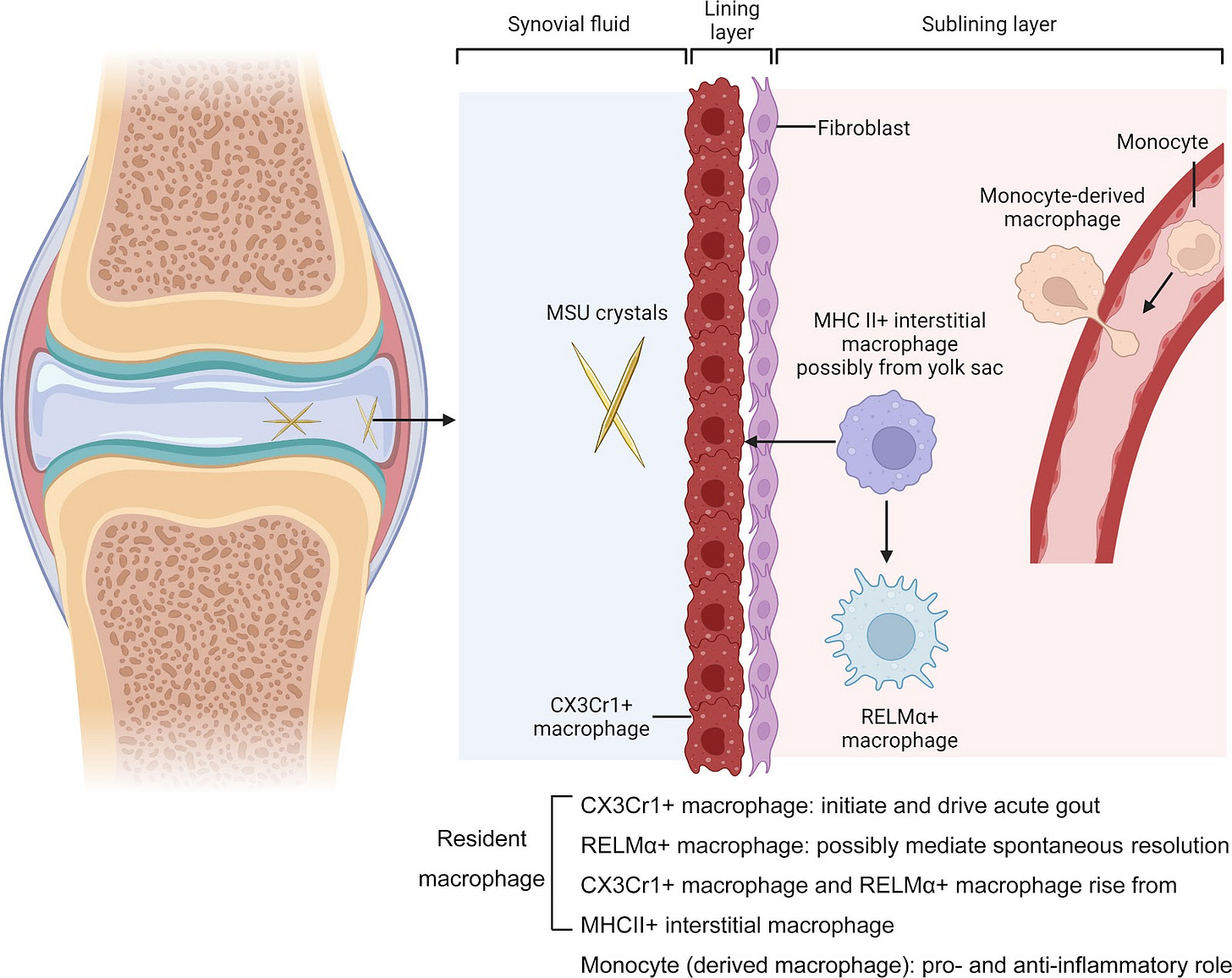
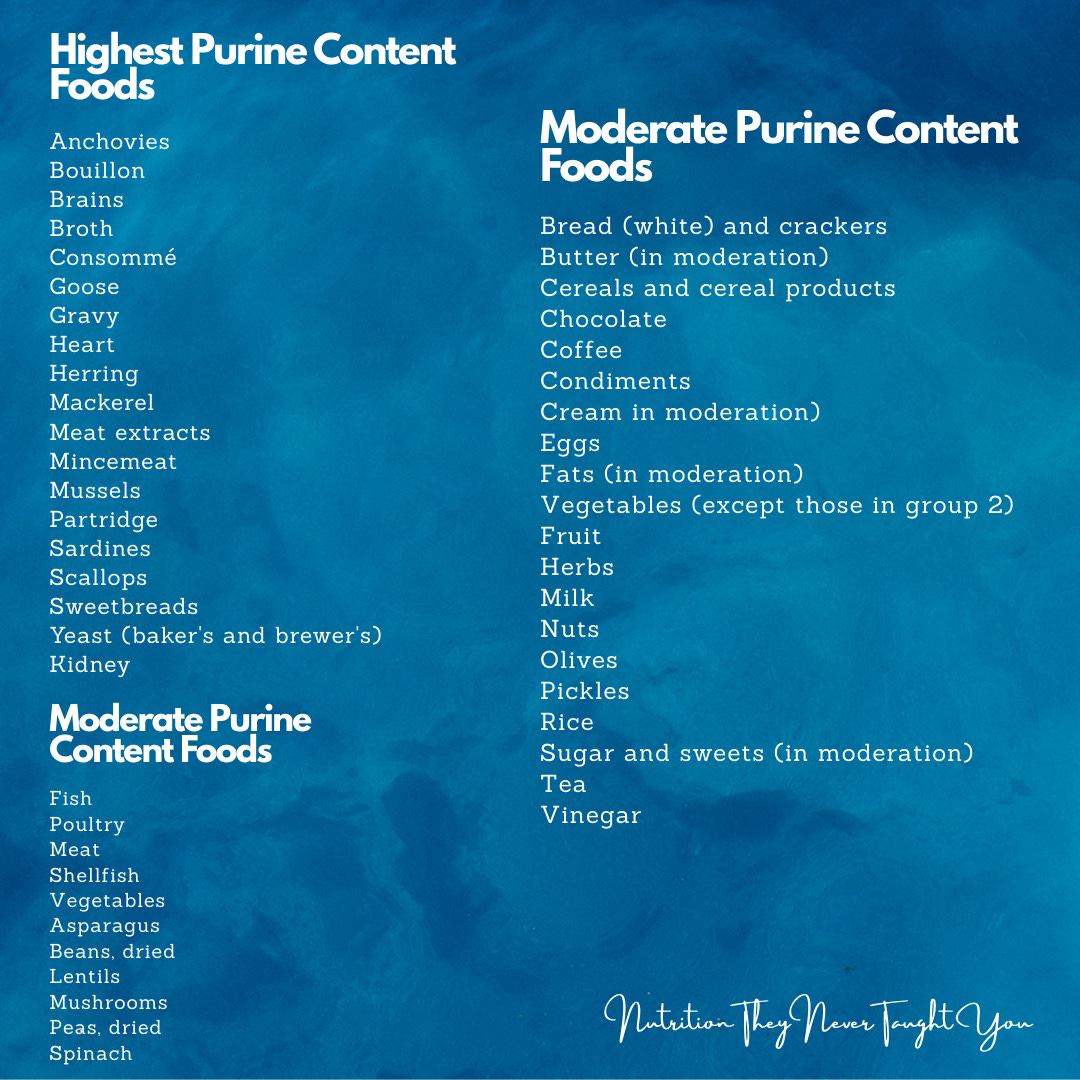
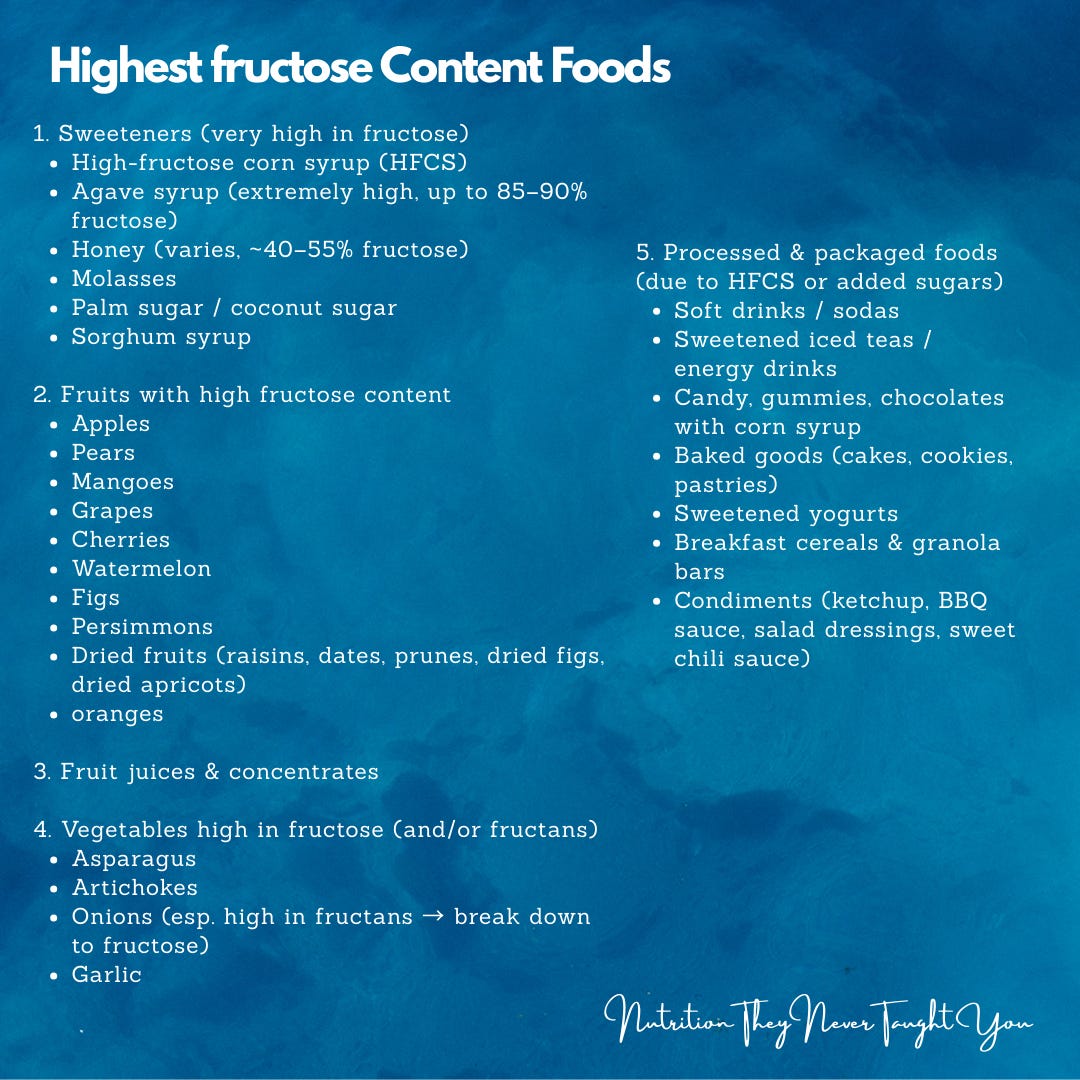
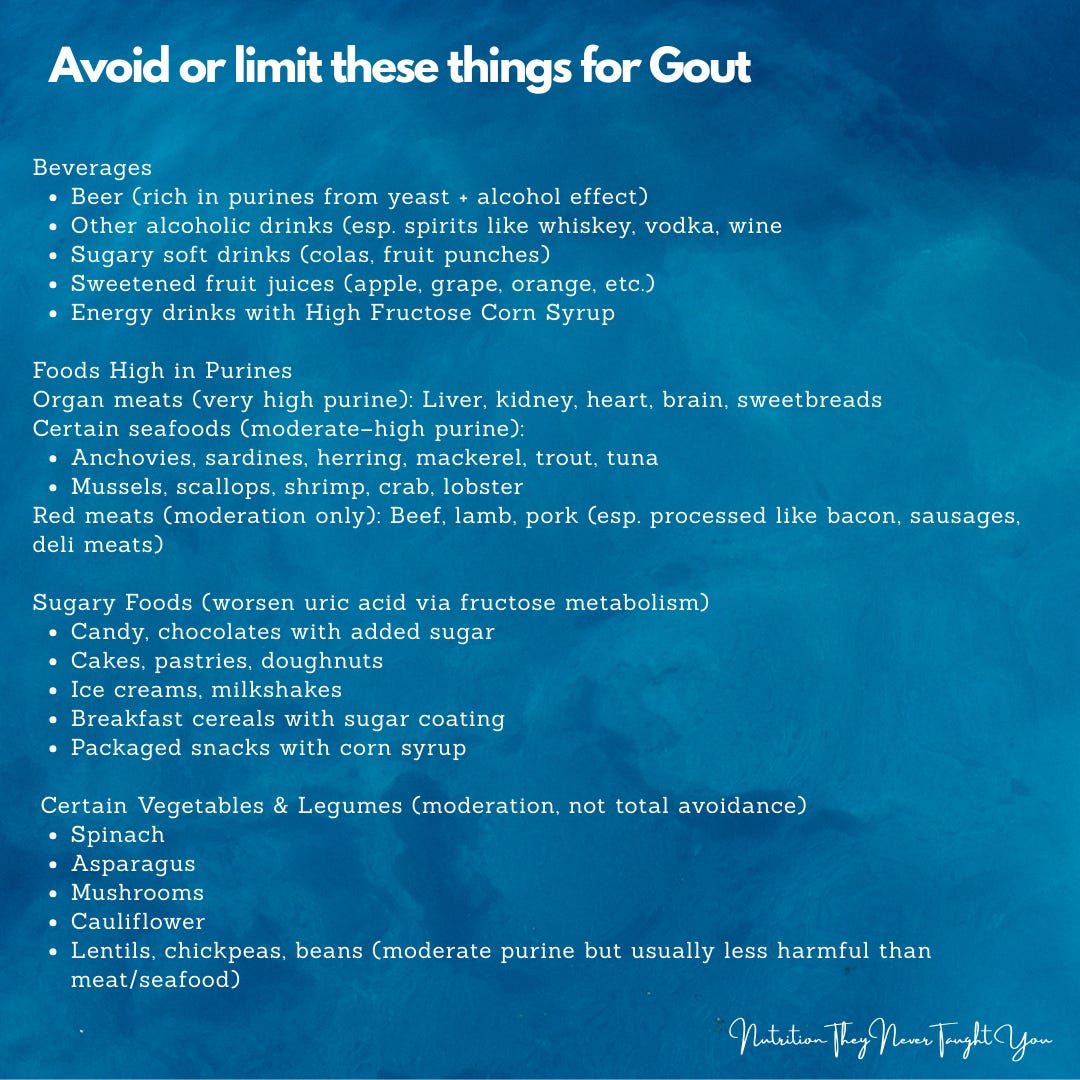
Quality content yet again! love love love! 🥰 Thank you. I have a question coz we have a common notion here in my country that beans such as mung beans, red and white kidney beans etc. cause gout. Is it true?
Maham, I read through this article, and while high purine foods & high fructose foods can overburden the kidneys, I still don't think that really explains the rise in gout especially around men & postmenopausal women.
To me, other than the effects of stress, especially the stress of survival which damage the kidneys damaging the uric acid cycle & regulation, one really damaging ever-present poison is lead toxicity.
There is a lot of lead exposure if you work in an industrial field, and it is men who typically work these jobs.
For women, postmenopausal, they've already been whipped by being "career women" & "boss babes", and wear tons of makeup & stuff laced with lead. They are also less likely than men to eat calcium & zinc rich foods like sardines, red meat etc increasing lead accumulation.
Prior to this era, there are probably some indigenous cultures that ate adequate 'high purine' proteins and fruit (e.g. Maasai) and didn't have gout.